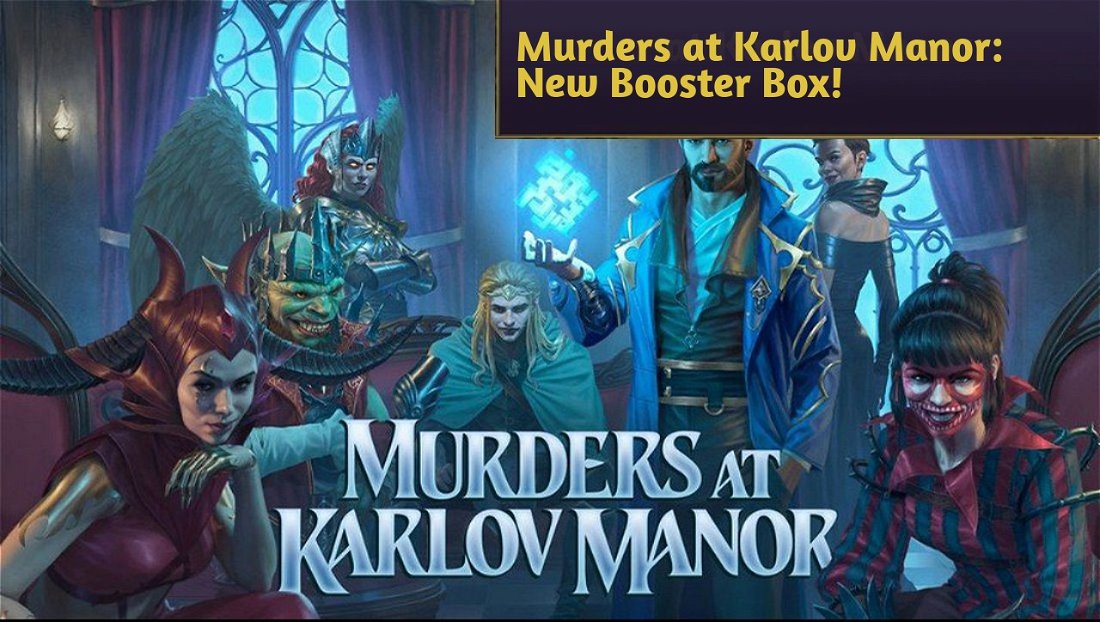As the new RCQ season begins, the Standard format continues to evolve to adapt to the current state of its Metagame, with several strategies emerging to fill the gaps that predominant decks leave in their lists and expose vulnerabilities that players can take advantage of.
In one of these gaps, Esper Mentor found space to stand out in competitive events in the first weeks of January, with a proposal that runs Monastery Mentor, a card who once was a Legacy and Vintage staple.
In today's article, we will delve deeper into this new Standard deck and analyze its performance in the format, in addition to presenting a Sideboard guide to the main archetypes of the current Metagame!
What is the Esper Mentor?

Esper Mentor is a Tempo deck focused on the interaction of Helping Hand, released in Lost Caverns of Ixalan, with low-cost creatures that generate a lot of value with spells - in this case, Monastery Mentor and Haughty Djinn. Together, these creatures allow you to attack from two different angles, with the go wide of an army created by the Mentor, or with the go big of an evasive, high-power creature through Haughty Djinn.

To enable this interaction, this archetype has a considerable number of spells that put cards in its controller's graveyard, thus allowing Monastery Mentor to come into play as early as the second turn, or put it on the field for just one mana and use the other lands to cast spells and start extending the board.

The combination of efficient spells and powerful threats makes Esper Mentor a kind of successor to Delver decks in Standard, with a core of more efficient spells and without being so vulnerable to the opponent's interactions, in addition to obtaining ways to manage the battlefield with removal and discard spells.
The Decklist
The list below is what I have been using in Magic Arena ranked matches over the last week.
Their numbers don't change much from the standard lists of this deck, with just some specific choices in the number of cards in the Maindeck and Sideboard to accommodate the needs of the current Metagame. While some numbers may vary, this version has all of Esper Mentor's most famous options, which make up the essentials for the archetype to function properly.
Maindeck

Our threats.
Haughty Djinn is our “go big”, capable of winning in a few turns as the game progresses. Furthermore, it makes all the spells we use cost just one mana, guaranteeing a greater cadence of them to trigger the other win condition.
Monastery Mentor is the reason this deck works, and if it stays in play, it will easily take over the game through a string of low-cost spells, as well as ensuring its own survival against Cut Down. The tokens are also capable of winning the game if left in play for too long.
Halo Forager, or the Snapcaster Mage we have at home, is on the list to reuse any spell put into our graveyard through mill*. Among its main targets are Helping Hand, as well as Duress in attrition games and Cut Down against Aggro.

Our reanimators.
Helping Hand is the reason for building this deck and the main way to bring our creatures to the battlefield at the lowest possible cost.
Recommission works like extra copies of Helping Hand, with the advantage of bringing the creature back untapped, in addition to taking Monastery Mentor out of Cut Down and Play with Fire's reach.

Our enablers.
Picklock Prankster is an excellent method of digging deep for a reanimate spell while putting our threats in the graveyard. It also operates as an effective blocker against Aggro.
Otherworldly Gaze allows us to dig up to six cards with a single spell. It doesn't generate immediate value or replace itself in the hand, but it is one of the main ways to put Monastery Mentor into play on the second turn, in addition to functioning as a pump of up to six power for Haughty Djinn.

Our cantrips package.
Consider and Sleight of Hand are some of our best methods of playing proactively with Monastery Mentor, allowing it ans its tokens to grow large enough to survive to combat while expanding our board position.
Chart a Course works as a discard resource in specific situations, but it also offers card advantage when we attack with our creatures.

Our interactions.
Cut Down is our cheapest method of dealing with our opponent's small creatures, as well as being an efficient answer against Raffine, Scheming Seer.
Bitter Triumph resolves most threats that Cut Down cannot destroy, as well as serving as an additional discard outlet for the list's interactions with Helping Hand.
Duress is our main proactive disruption, and Esper Mentor is one of the best decks to use it from Game 1 onwards, given the need to protect our creatures, in addition to triggering our creatures' abilities.
Make Disappear appears on the list as a one-of for occasions where we need to deal with the opponent's topdeck in a sweeper, or deal with a card that is more greedy in mana costs, like Atraxa, Grand Unifier or Trumpeting Carnosaur.

Our mana base consists mostly of lands that are untapped in the first turns, given our low mana costs and the need to cast several spells in a single turn.
Raffine's Tower and Deserted Beach are exceptions to maintain color consistency, since our color composition is greedy, and we run a low number of lands for a list with three colors, which causes problems with consistency in some matchups.
Sideboard

Disdainful Stroke is the best counterspell available for archetypes with a rising mana curve, such as Domain Ramp, Rakdos Discover, and Breach the Multiverse decks. It lost some value due to the inclusion of Cavern of Souls in Standard, but remains very efficient in dealing with Sunfall, Leyline Binding and other late-game bombs.
Negate complements Disdainful Stroke as an answer against sweepers and other problematic spells, such as Planeswalkers, removals, and enchantments.
The extra copies of Duress allow us to keep our creatures safe from removal and complement Negate in dealing with a few troublesome cards.

Temporary Lockdown is a powerful sweeper against Aggro and the mirror. It seems like a necessity to play against the many proactive archetypes present in the Metagame today.
Cut Down and Knockout Blow complement the removal package, dealing with smaller threats while providing a breather in mana and life to hold the game long enough.

Destroy Evil is an excellent answer against larger creatures and can deal with Wedding Announcement and Virtue of Loyalty for a low-cost and high flexibility.
Loran of the Third Path is the best permanent option that we can reanimate with Helping Hand to respond to the various enchantments in the current format while leaving a body on the board. It is also essential for destroying Subterranean Schooner and key cards from the Azorius Artifacts, which gained popularity in late 2023.
Tishana’s Tidebinder is our best answer against Atraxa, Grand Unifier or Trumpeting Carnosaur when they are protected by Cavern of Souls. Its presence in a blue deck seems almost mandatory in the current Metagame due to its flexibility, and therefore, it occupies the space where complementary threats usually fit.
Sideboard Guide
Domain Ramp
IN

OUT

Esper Midrange
With two-drops and Wedding Announcement:
IN

OUT

With Ertai Resurrected and Preacher of the Schism:
IN

OUT

Rakdos Discover
IN

OUT

Mono Red Aggro
IN

OUT

Azorius Soldiers
IN

OUT

Conclusion
Esper Mentor is a viable and interesting option for players looking for a Tempo list with one of the most interesting cards in Standard today, but there are some points that require attention in it.
For example, its mana base is a little too greedy, requiring access of colors at the beginning of the game that, sometimes, forces more mulligans than this deck can handle - another notable problem with it, given that the quality of the game plan reduces significantly with two fewer cards in hand.
It is also worth mentioning that the matchups are somewhat polarized, with some being relatively easy, while others seem almost unbeatable because the individual quality of our cards is inferior to that of the opponent, and our explosive potential is not so high that we can go for a race.
That said, it's a lot of fun to play, can win a good portion of games with good expertise, and is the main spellslinger approach available in Standard today.
Thanks for reading!














— Comentarios 0
, Reacciones 1
Se el primero en comentar